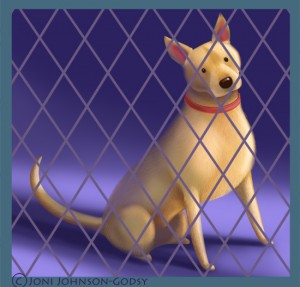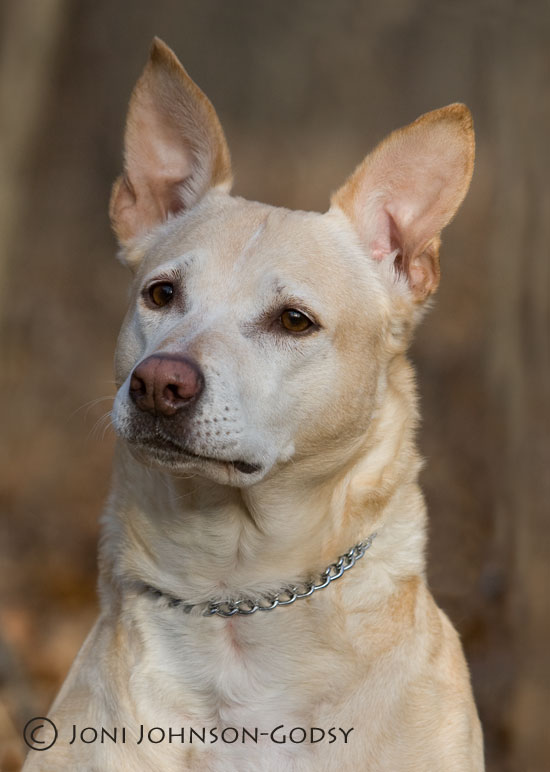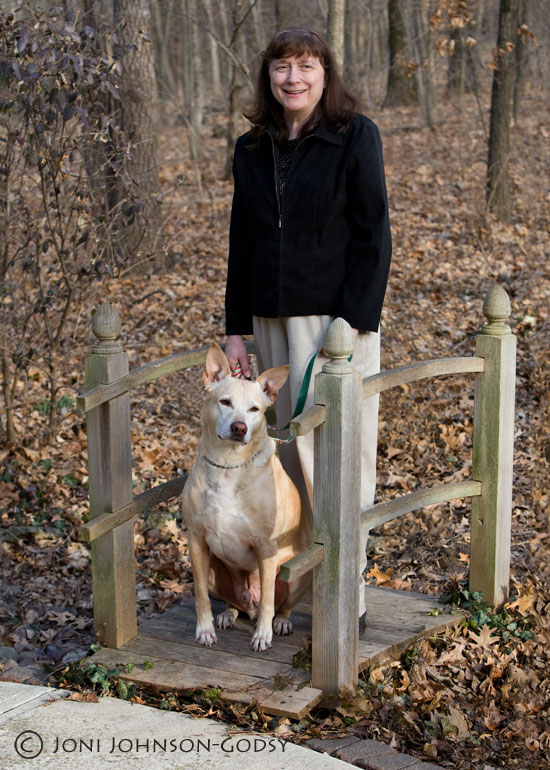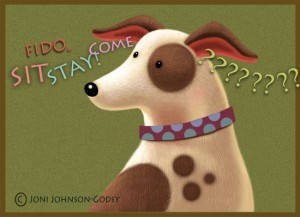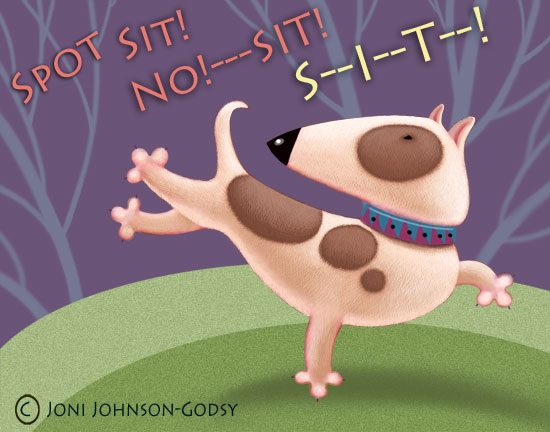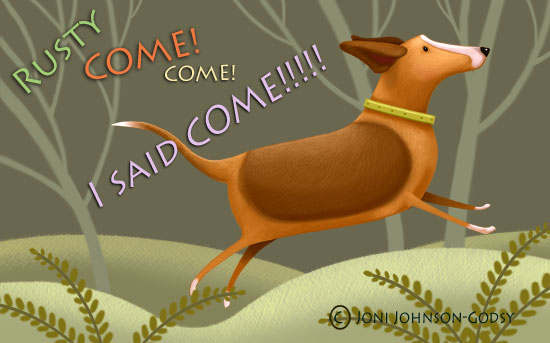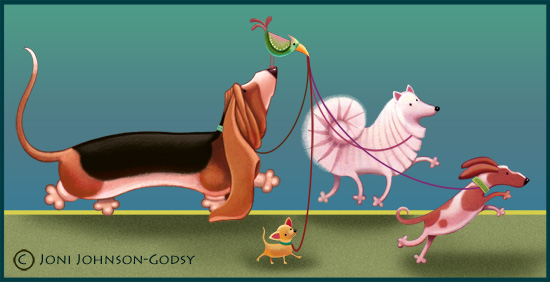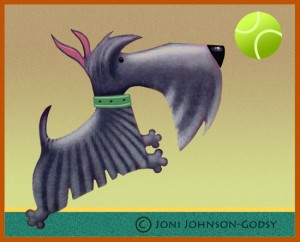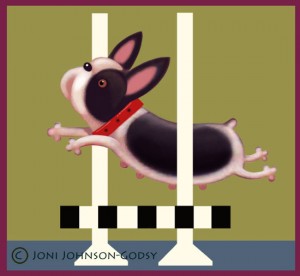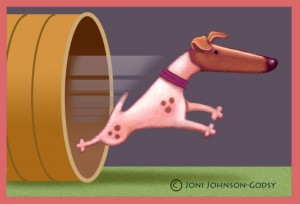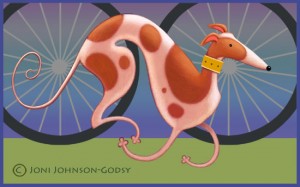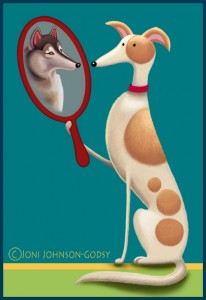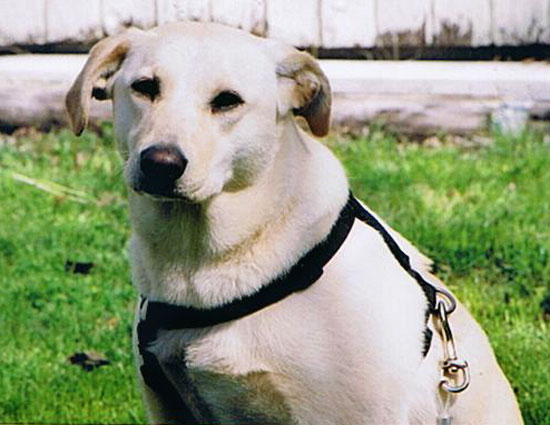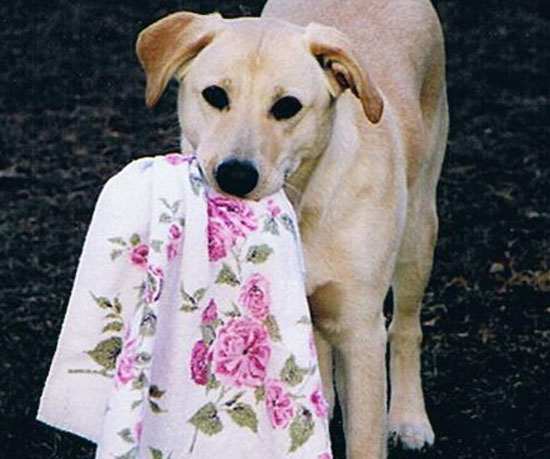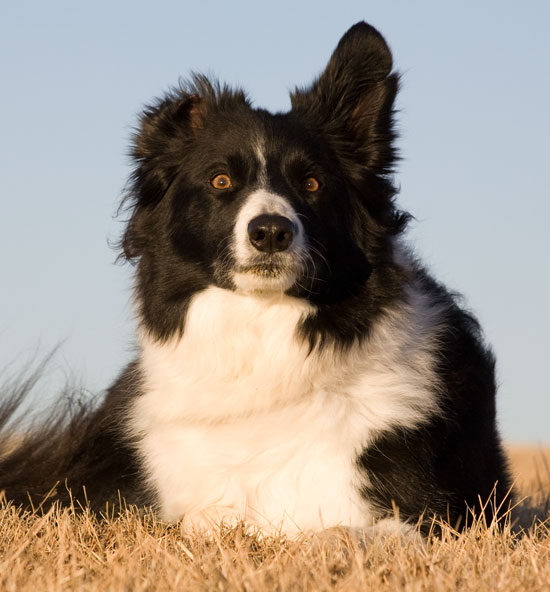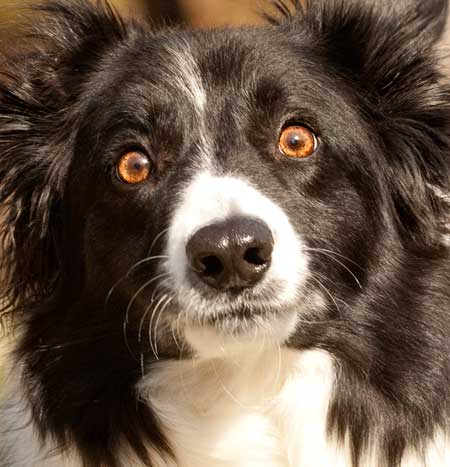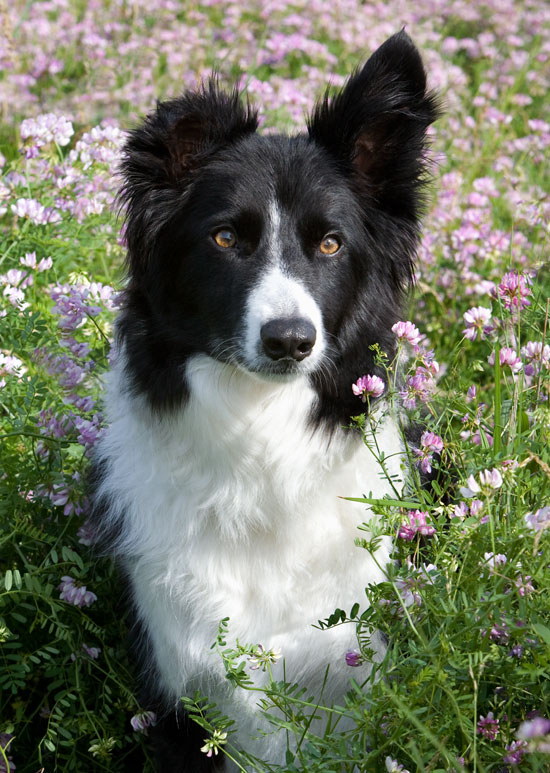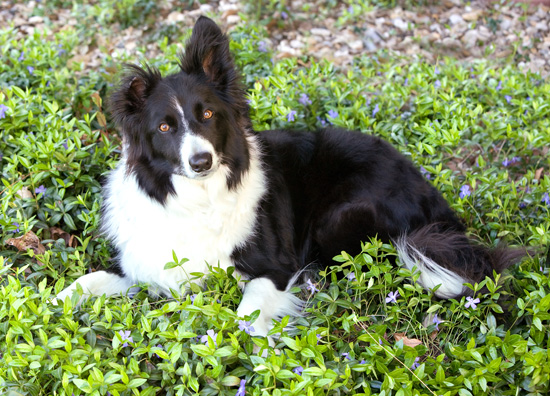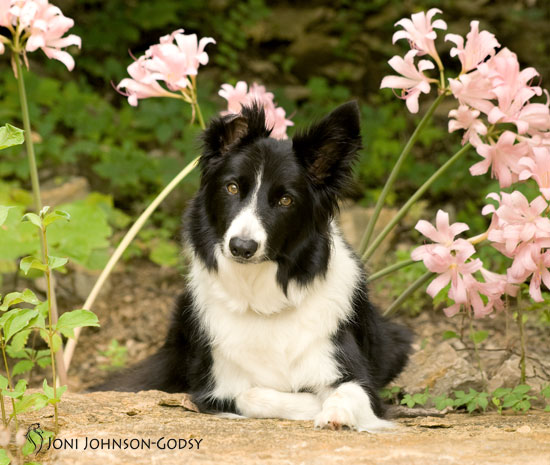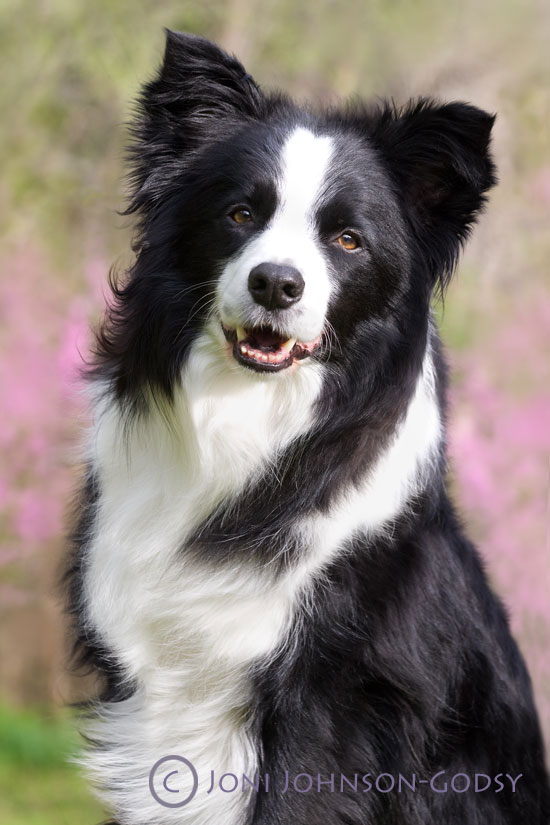It is not uncommon for dogs who have been shuffled around from one home to another or from animal shelter to animal shelter to learn to emotionally encase themselves in “protective layers.” Dogs in this situation are not ever given the opportunity to develop healthy relationships within a pack because the members of their pack are in a constant state of change. This continual change of family be it canine or human, leaves the dog with nothing with which to stay grounded. So the dog first adds for example, a layer of fear from the unknown, then covers it with a layer of frustration, and may top it off with a layer of emotional toughness or aggression. This is not unlike the emotional shift made by many humans while doing hard time in our prison systems.
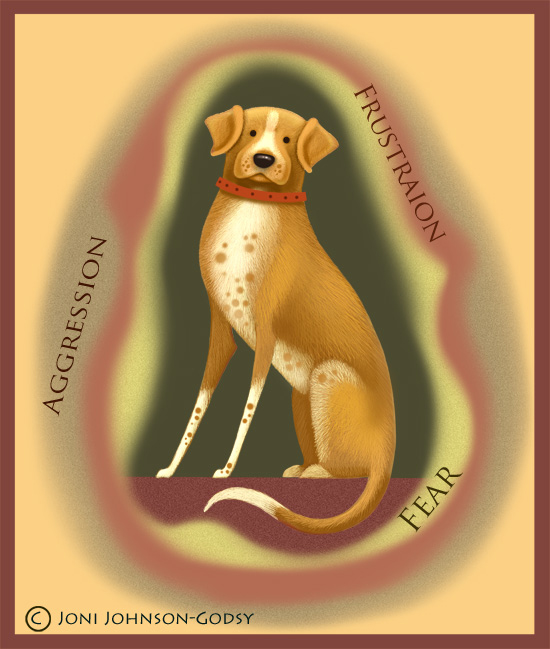
Many of these dogs enter into their new homes and bring these protective layers with them. Why not? After all, how are they to know that this home is any more permanent than any of the others have been?
I recently had a consultation session with a dog who was very typical of one who has been “tossed around” a lot in her life. She had been adopted out and returned to the shelter at least three times, maybe more, most likely for the same reasons. God knows what her life consisted of before she entered the shelter in the first place. She was actually a very gentle, sweet and loving dog with people. She was eager to please. She was calm and quiet in the house. Everything was wonderful in her life, that is… until she saw another dog. ANY other dog. Then she would fly into a frenzied rage.
This dog’s owners recognized the need to exercise their new dog. But every time they would take her out a dramatic scene would unfold. It was embarrassing and worrisome. And several times the dog was somehow able to get away from her owners. It doesn’t take a rocket scientist to see how dangerous this situation was for everyone involved.
Watching this dog while in the rage stage was a bit sad to me. There was so much pent up energy behind the tantrums. Because of a lack of consistent leadership in her life, and poor socialization with other dogs, she went straight into charge and kill mode. Naturally we didn’t allow this, which only added to her frustration. She was quite dramatic and VERY loud. If I said that she “made a scene” I would be grossly understating the situation.
A dog like this takes more time to rehabilitate, because there are multiple layers that need to be peeled away and they each must be removed one at a time. Often when we finally get that first layer removed, we reveal another layer of undesirable behaviors that lies just beneath. The analogy I use for this situation is the removal of wallpaper in a room. We buy a house. We like the house very much but severely dislike the cabbage rose wallpaper in the bedroom. So we scrape and scrape, slowly revealing ugly purple striped wallpaper beneath it. We scrape and scrape away the purple stripes only to find a “lovely” orange paisley. Finally under the final layer lies the actual wall. And this wall can now be painted any new color that we want. Remember that each layer of wallpaper was applied by a person at some point in the house’s history. So each layer must also be removed by a person with a better vision of what that room can be.
My own rescue border collie Kip was much like this when he first came to us. I knew that time and correct practice were on my side. And sure enough, with each layer that I was able to peel away on Kip, more trouble was there to greet me. Finally when the last of Kip’s protective layers had been carefully removed, a softer, sweeter dog was just underneath. The emotional shell was finally gone. I had unveiled a wonderful, sweet natured little dog that is who Kip was really born to be. But….it took time, and a whole lot of wallpaper scraping!

An owner who is blessed with the virtues of tenacity and patience is best going to achieve the results they desire when dealing with dogs who are encased in protective layers. But the rewards are great for those who see it through.




